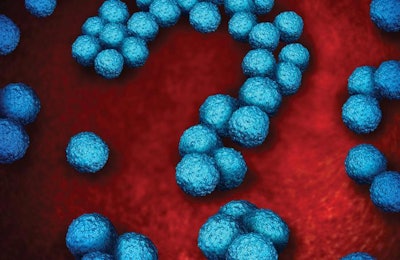
I am often asked what is the next animal feed additive that we should be on the lookout for, and I always respond: nutritional anticoccidial agents. These drugs have been labeled as antibiotics in the U.S., and they face the fate of other antibiotics: scrutiny, restriction and, finally, banning. In the EU and other parts of the world, the drug forms are still allowed, but I will not be surprised if they are banned because global export trade is based on the elimination of barriers caused by national legislation — something easily done by transferring the burden of compliance from diplomats to producers. This swiftly becomes a political discussion, so let us return to the main topic.
Coccidia are not bacteria or viruses, but rather protozoa: single- or limited-cell organisms, or rather small or primary (proto-) animals (-zoa), if one wants to go to the Greek origins of their name. As such, normal antibiotics and their replacements have little effect on them. Even regular drugs have become obsolete as protozoa quickly developed resistance to chemicals, and nowadays, even to ionophore anti-coccidials. All research trying to find alternatives based on the usual suspects have been interesting at best, yet inconclusive at large. But research continues as not all possible compounds have been tested, yet.
I strongly believe the answer will be found in compounds we currently do not use in broiler production and nutrition.
In my opinion, products such as organic acids, phytogenics, probiotics, etc., can only be secondary to any additive that really controls protozoan development. Thus, I strongly believe the answer will be found in compounds we currently do not use in broiler production and nutrition. To this end, we have to look outside our own box of animal nutrition and veterinary sciences. We need to go back to chemistry, human medicinal nutrition and food sciences to look for novel molecules. Obviously, nobody has the answer yet, but if I were looking for the next additive, this is where I would be directing my efforts.

















